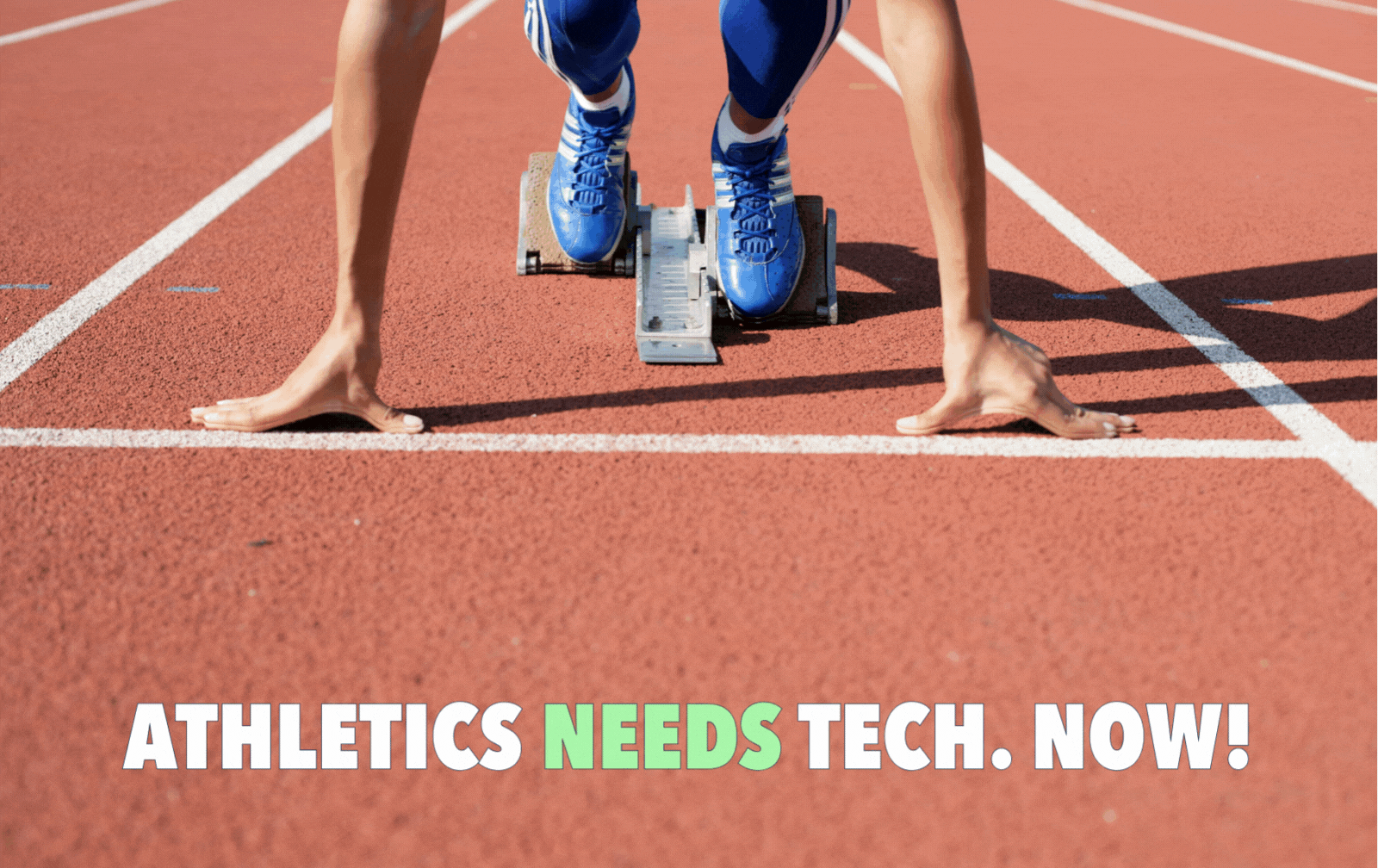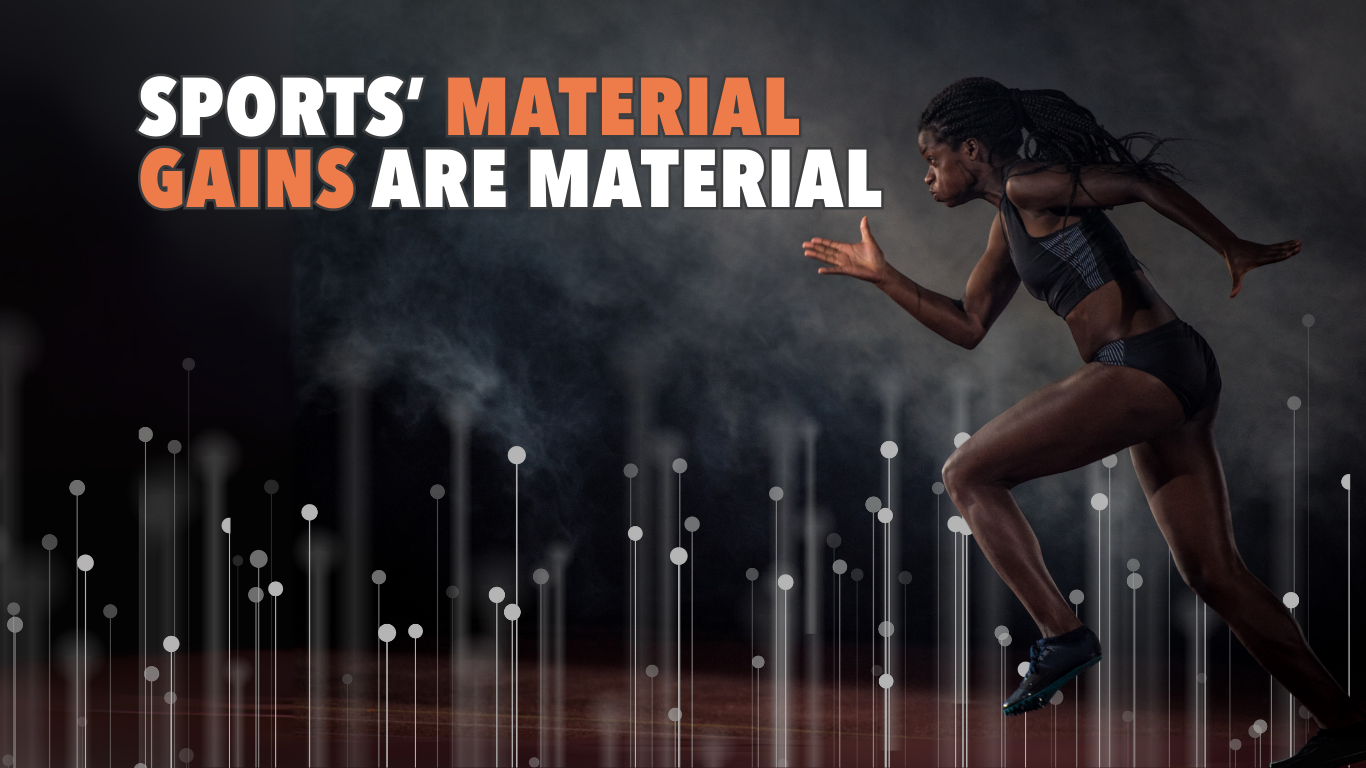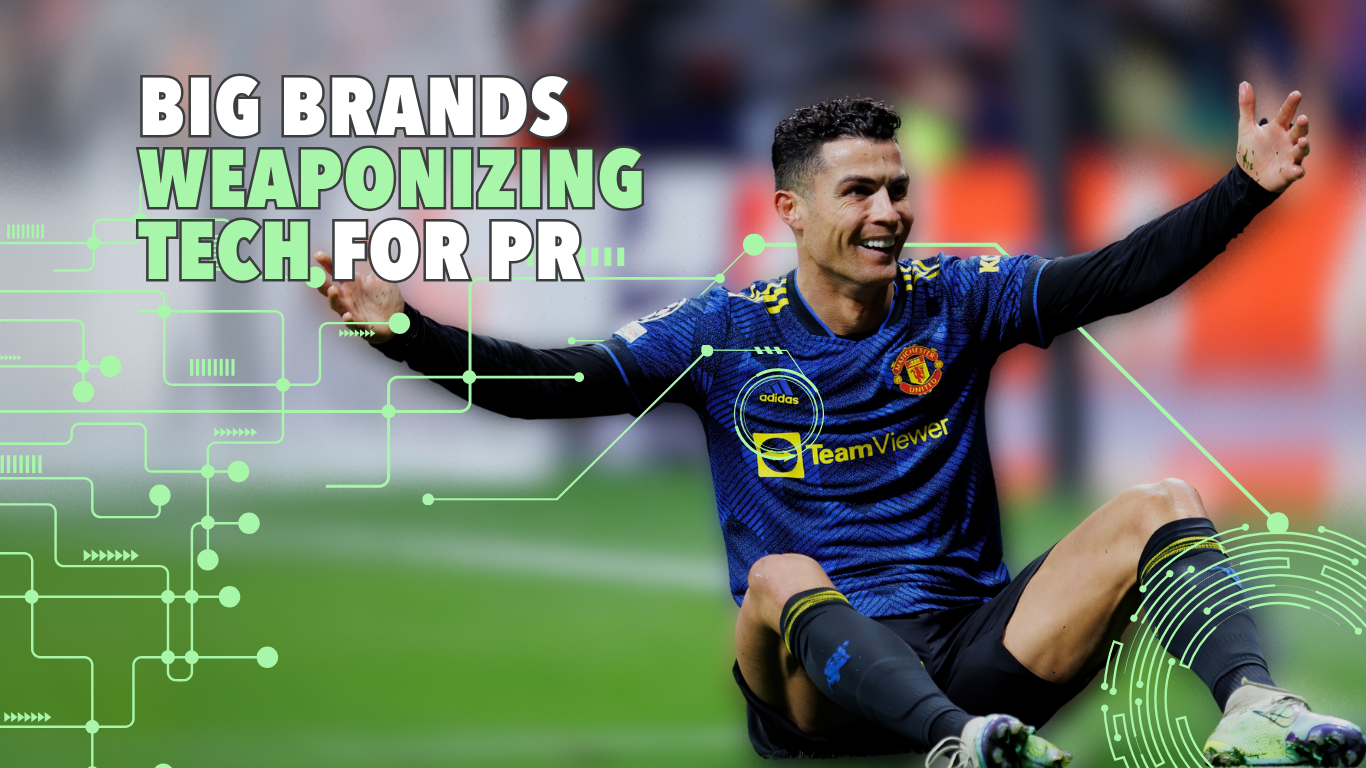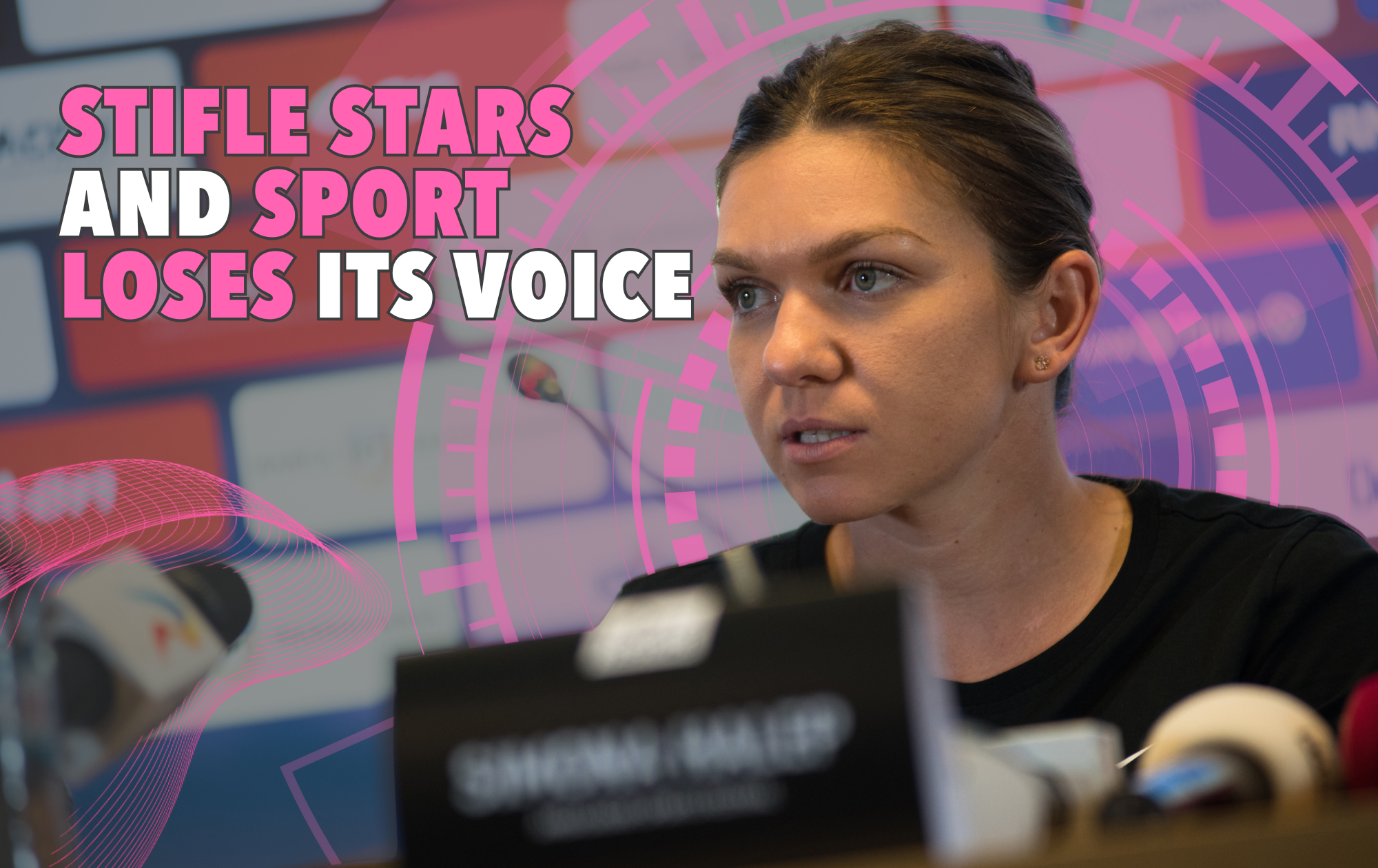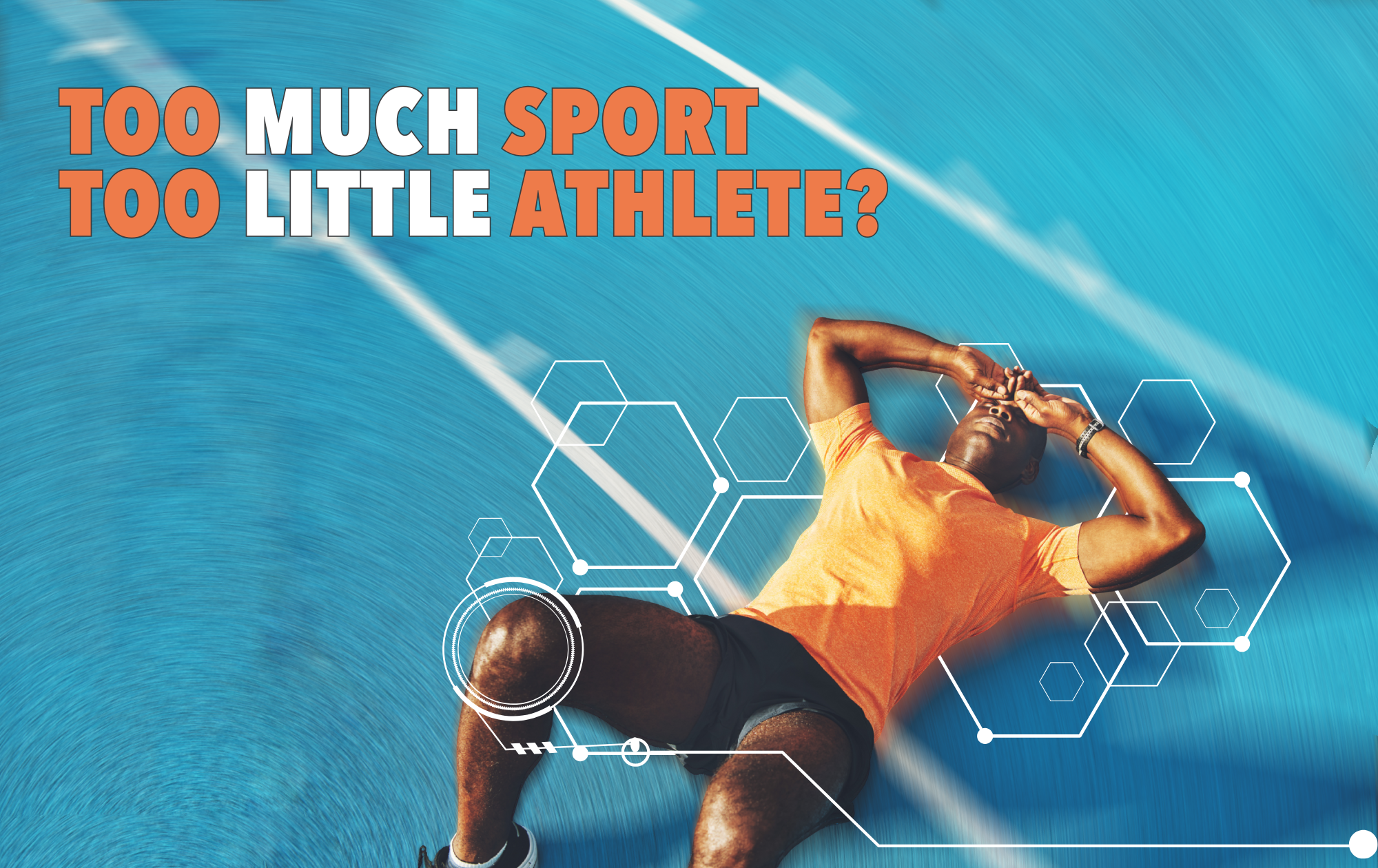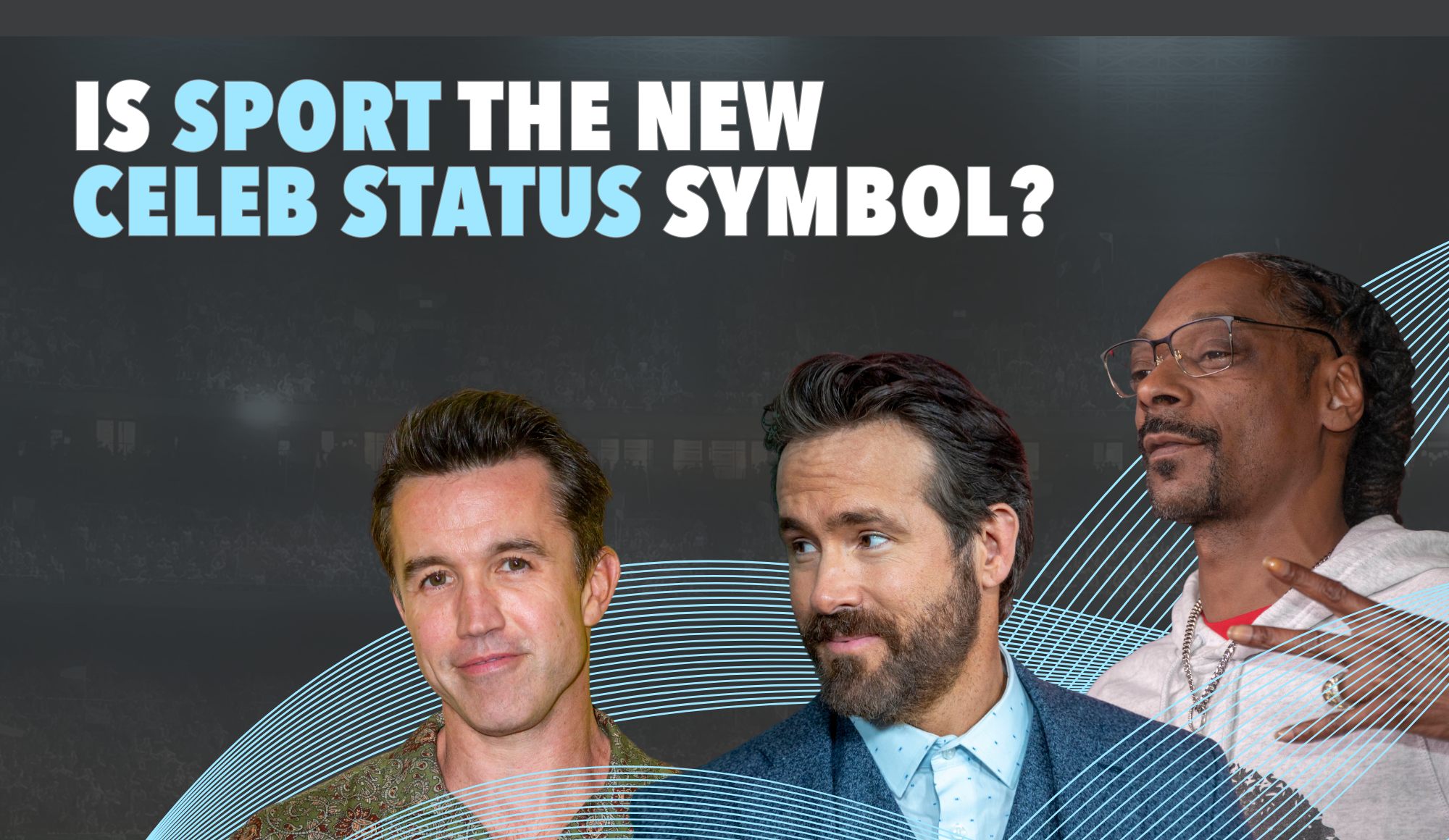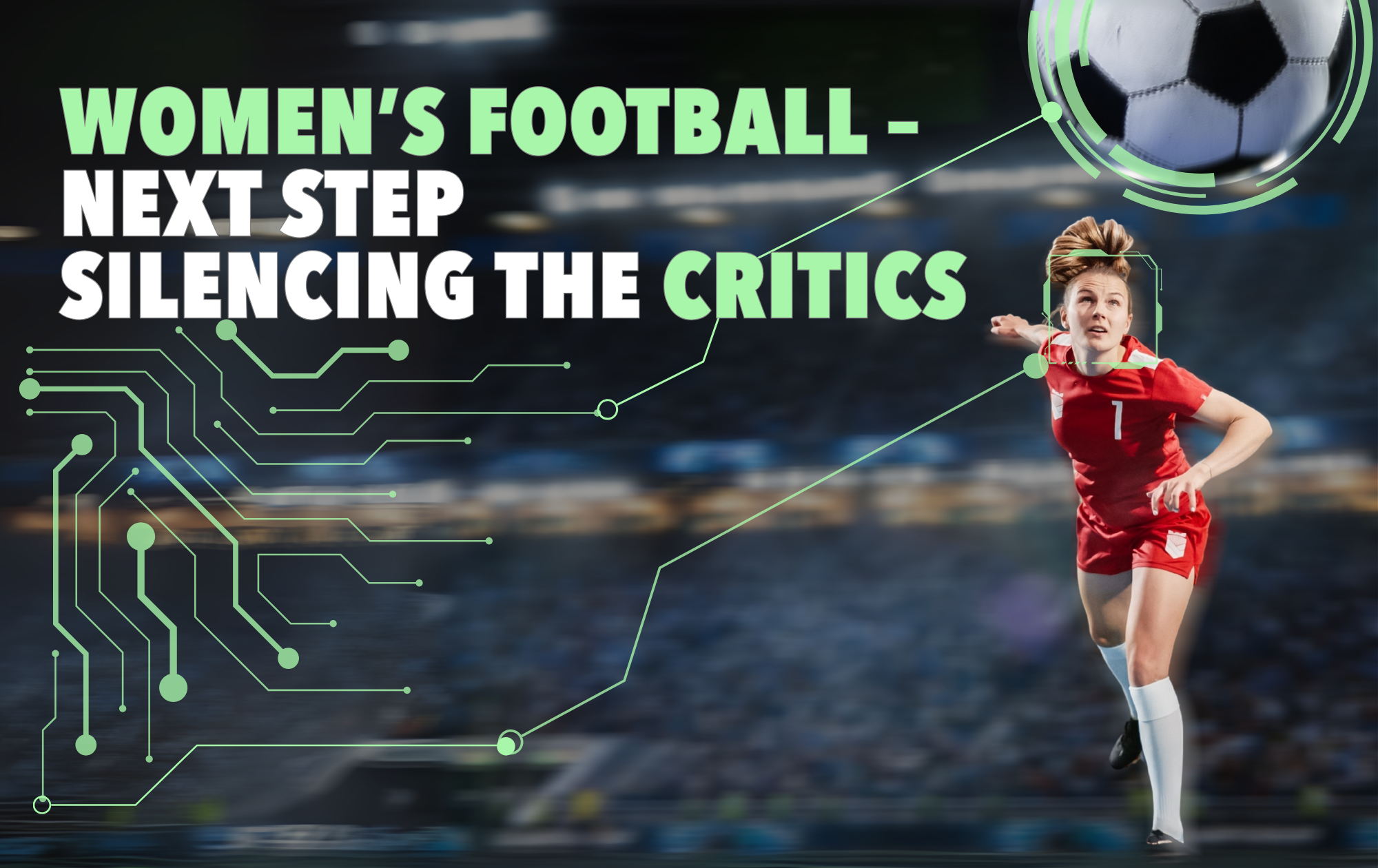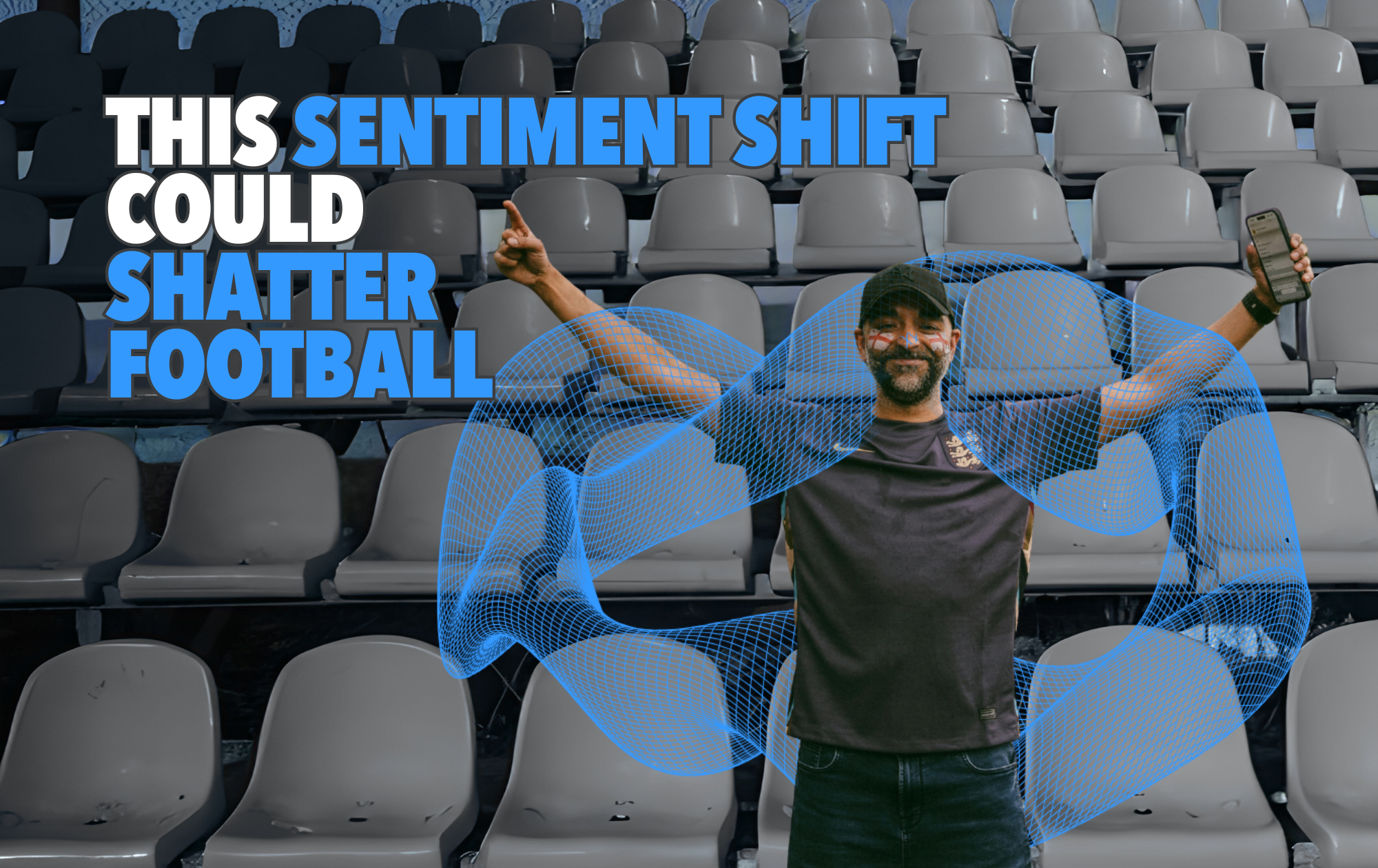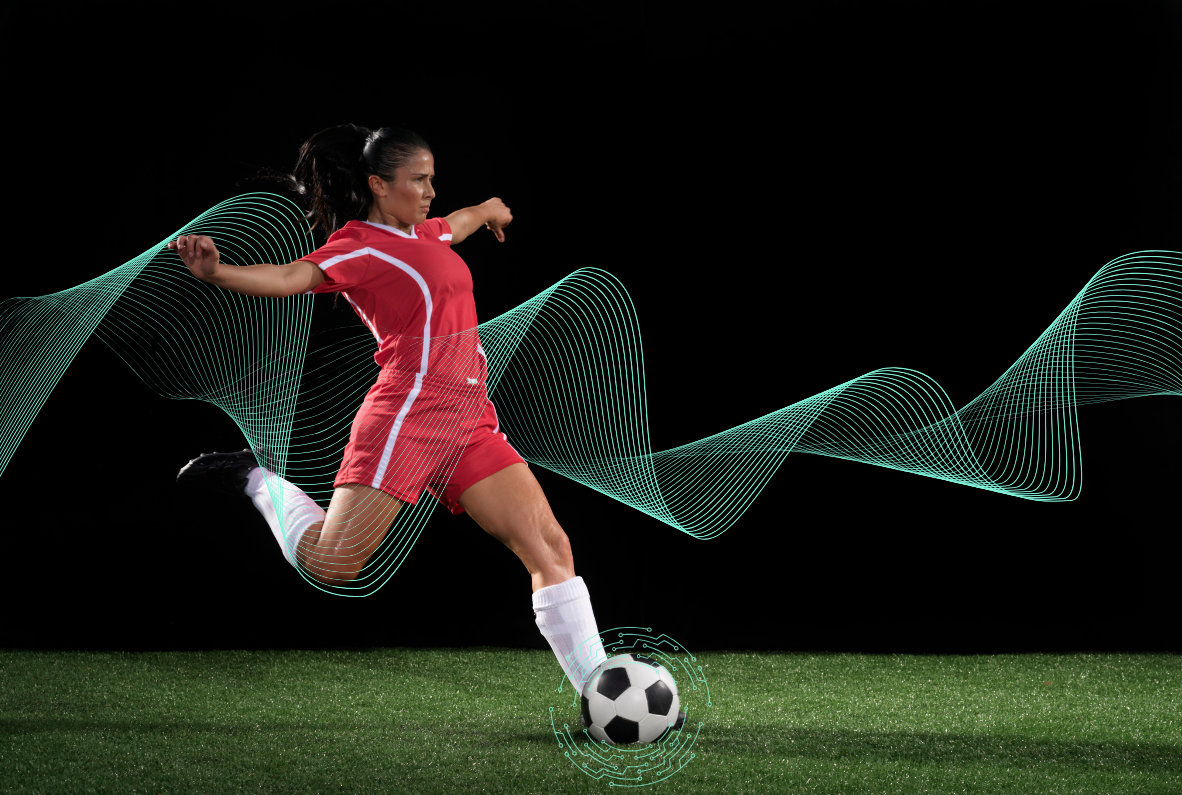The World Championships in Tokyo might be remembered for medals and records, but one of its most important legacies should be how it manages its officials.
Straight from the ‘Captain Cock-up’ playbook of the 1993 Grand National, the Tokyo marathon saw a false start. This was unprecedented and ridiculous, over 43km it would have made no competitive difference.
Continue reading
